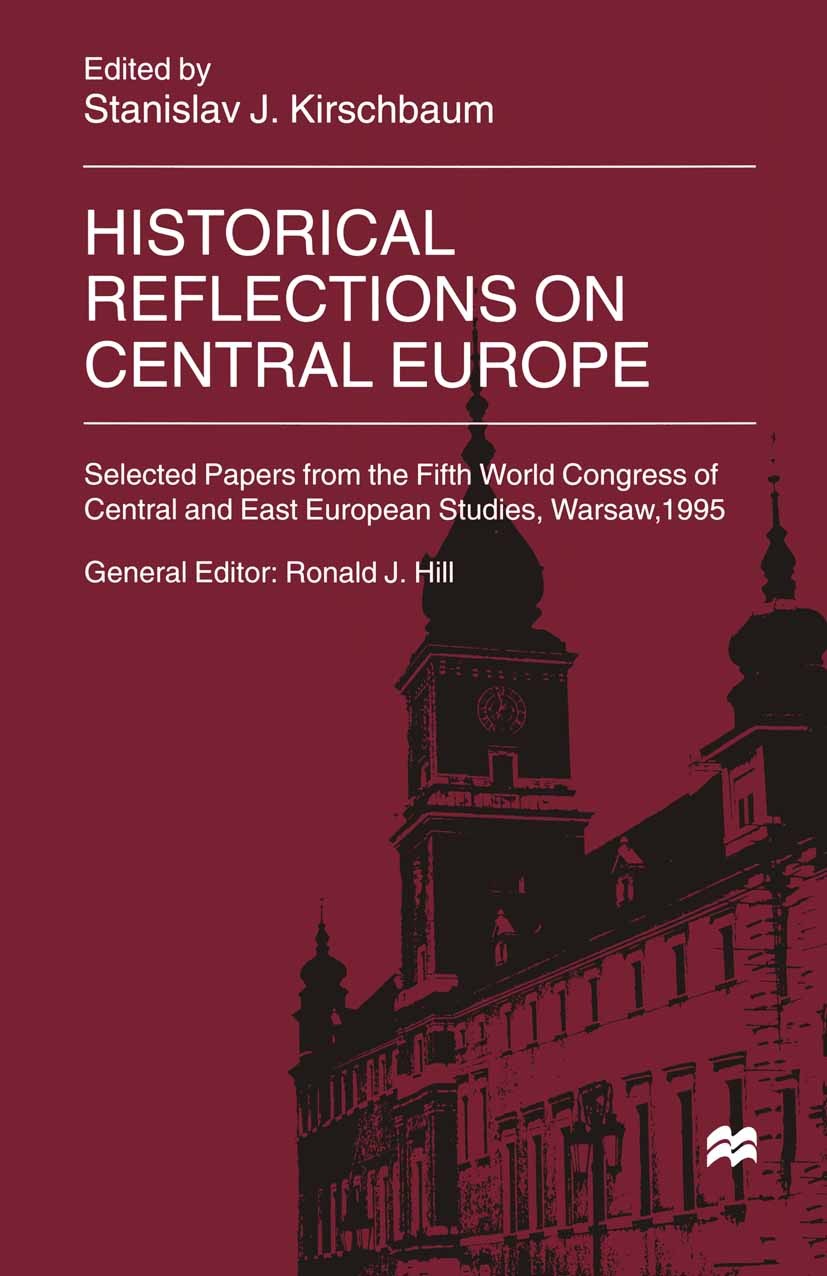| 书目名称 | Historical Reflections on Central Europe |
| 编辑 | Stanislav J. Kirschbaum (Professor of Internationa |
| 视频video | http://file.papertrans.cn/428/427394/427394.mp4 |
| 丛书名称 | International Council for Central and East European Studies |
| 图书封面 |  |
| 描述 | This valuable collection of essays makes a scholarly contribution to our knowledge of Central and Eastern European history. With ground-breaking contributions from international scholars such as Philip Longworth and Piotr Gorecki, this volume is an essential text for anyone studying or generally interested in understanding the development of the post-Communist world. |
| 出版日期 | Book 1999 |
| 关键词 | Adolf Hitler; communism; democracy; Europe; European history; history; Hungary; migration; Poland; revolution |
| 版次 | 1 |
| doi | https://doi.org/10.1007/978-1-349-27112-2 |
| isbn_ebook | 978-1-349-27112-2Series ISSN 2947-1567 Series E-ISSN 2947-1575 |
| issn_series | 2947-1567 |
| copyright | Palgrave Macmillan, a division of Macmillan Publishers Limited 1999 |
 |Archiver|手机版|小黑屋|
派博传思国际
( 京公网安备110108008328)
GMT+8, 2025-11-14 23:45
|Archiver|手机版|小黑屋|
派博传思国际
( 京公网安备110108008328)
GMT+8, 2025-11-14 23:45


